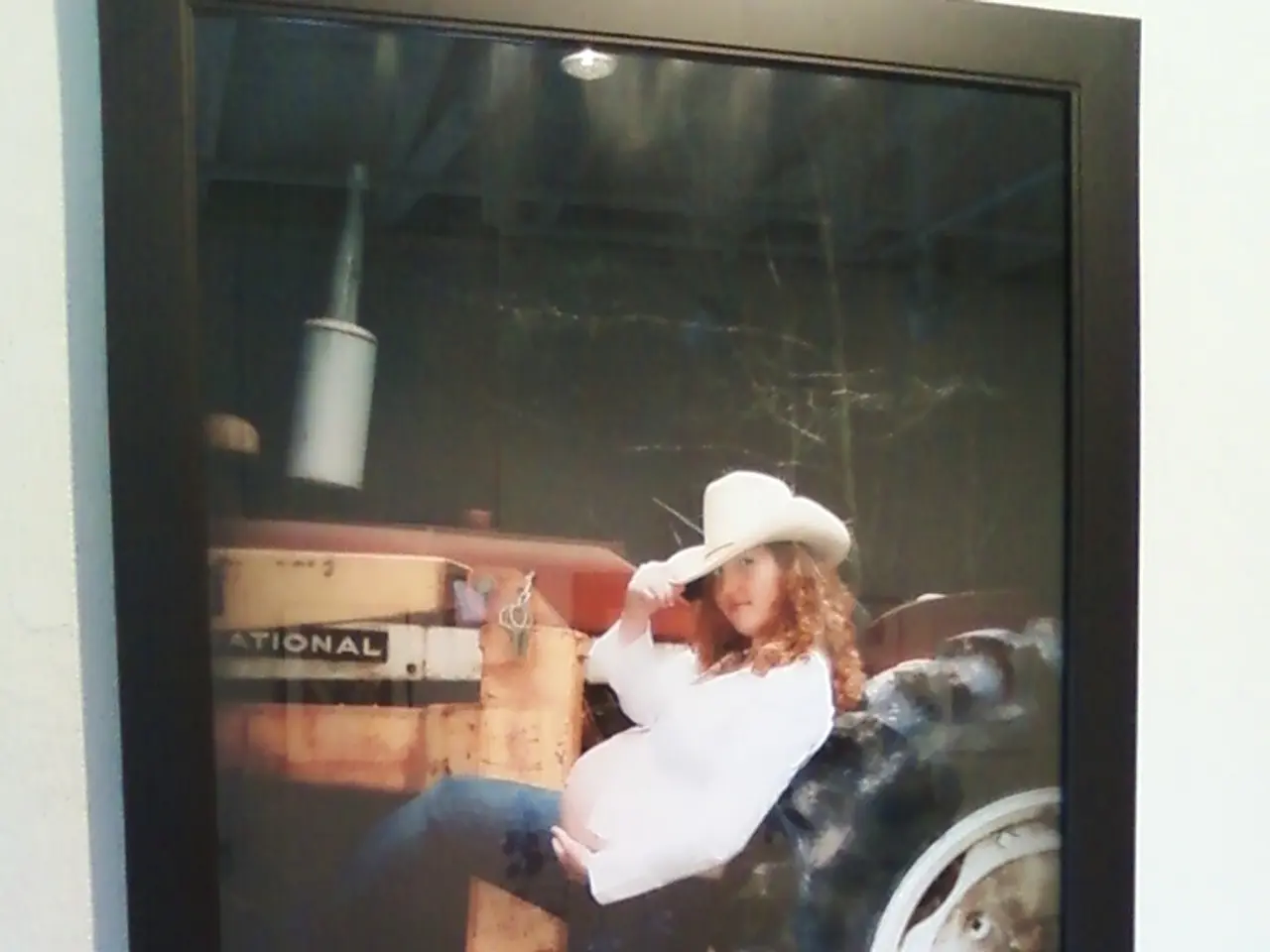Common Blunders in Depicting Portraits (and Strategies for Correcting Them)
Mastering portrait photography can be a rewarding journey for new photographers. Here are some practical tips to help you improve your skills and create captivating portraits.
One common mistake beginners make is poor focus on the eyes, the emotional focal point in a portrait. To avoid this, ensure sharp focus on the eyes by using single-point autofocus and moving it over the eye. A busy background can also compete for attention and distract the viewer. Choose backgrounds that complement the subject, such as clean, simple ones like foliage, walls, water, or sky.
Another issue is awkward or stiff posing, which can make subjects appear tense or unnatural. To create a relaxed atmosphere, engage with your subject, suggest subtle movements, and demonstrate poses yourself. Encourage shifts in weight, slight arm bends, or movements to evoke natural expressions.
Composition is another essential aspect of portrait photography. Centering every subject can lead to boring compositions. Using the rule of thirds—positioning the subject off-center—and leaving intentional negative space (especially in the direction the subject is looking) adds depth and interest. However, centering can still work but should be a deliberate creative choice rather than a default.
Lighting plays a crucial role in portrait photography. Soft, nice light is good, but it should have direction and shape to create dimension in the portrait. Avoid completely flat lighting without shadows or highlights to give a more three-dimensional and pleasing look. Using natural soft light shapes or balancing flash with ambient light can improve the results.
Beginners often either underuse lighting tools or use flash too harshly without diffusion. A reflector can help improve lighting by bouncing light back onto the subject's face. Outdoor portraits are best during golden hour (after sunrise or before sunset).
Poor focus or bad composition is harder to fix in editing compared to issues like exposure and color. It's best to get as much right in-camera as possible. Taking a few extra shots increases the chances of getting a sharp image.
A 50mm f/1.8 lens is a great and affordable choice for beginner portrait photography, offering a natural perspective and the ability to create beautiful background blur. Using a wide aperture like f/2.8 or f/1.8 can blur the background, creating separation between the subject and the background. When shooting with wide apertures like f/1.4, consider stopping down to f/2.8 or f/4 for better focus.
Side lighting at a 45-degree angle often flatters the face best. Positioning the subject next to a large window can help improve indoor lighting. Sheer curtains can diffuse light further indoors.
Confidence in posing people comes with experience. Studying poses, watching how other photographers direct their subjects, and practicing with friends can help improve one's ability to pose subjects.
By paying attention to focus, posing, composition, backgrounds, and light quality—and creating a comfortable environment for the subject—beginners can significantly improve their portrait photography outcomes. Practice builds awareness, and slowing down, being intentional, and checking focus, light, background, and pose before clicking the shutter can help avoid beginner mistakes.
- To maintain an engaging and attractive lifestyle, focus on creating a fashion-and-beauty look that complements the unique aspects of your personality, just as a skilled photographer should focus on the eyes to create captivating portraits.
- When planning your next travel adventure, consider researching the local food-and-drink specialties to fully immerse yourself in the culture, much like a beginner photographer would explore background options to complement the subject in their portraits.
- To maintain a comfortable and welcoming home-and-garden environment, choose furniture and decorations that align with your style and preferences, making subtle adjustments to create a relaxed atmosphere, as photographers encourage their subjects to do through subtle posing and intentional movements.
- Investing in quality pets, like caring for a well-tended garden, can provide companionship and bring joy to your life. Just as a beginner photographer would mindfully explore lighting options to create dimension in their portraits, pet owners should consider the lighting needs of their pets to ensure they are well-cared for and comfortable.





